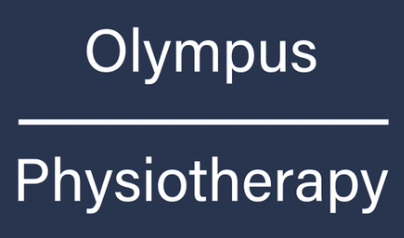Syndesmosis Injury
What is a Syndesmosis Injury?
A syndesmosis injury, often called a "high ankle sprain," involves damage to the ligaments that connect the two bones of your lower leg (tibia and fibula) just above the ankle joint. This injury affects the syndesmotic ligaments that hold these bones together and maintain the stability of your ankle mortise - the socket that your ankle bone sits in.
Unlike common ankle sprains that affect the outer ankle ligaments, syndesmosis injuries occur higher up and can be more complex to treat. They're often seen in contact sports and can significantly impact your ability to push off and change direction effectively.
What Causes Syndesmosis Injuries?
Syndesmosis injuries typically result from specific mechanisms that force the ankle bones apart:
Common mechanisms:
External rotation of the foot whilst the ankle is flexed upward
Landing with the foot turned outward
Being tackled whilst the foot is planted and turned out
Severe ankle sprains that involve multiple ligament structures
High-risk situations:
Rugby tackles, particularly when caught in rucks or mauls
Football tackles with foot planted
Skiing accidents with external rotation forces
Basketball or netball landing injuries
Motor vehicle accidents
Risk factors:
Participation in contact sports
Previous syndesmosis injuries
Concurrent ankle fractures
High-energy trauma or collisions
Poor landing mechanics
Inadequate protective equipment in contact sports
What Are the Symptoms?
Syndesmosis injuries often present differently from typical ankle sprains:
Distinctive symptoms:
Pain above the ankle, between the two leg bones
Pain that worsens with external rotation of the foot
Difficulty with push-off activities like running or jumping
Pain when squeezing the leg bones together
Deep, aching pain rather than sharp, localised pain
Functional symptoms:
Significant difficulty with single-leg hopping
Pain when walking on tiptoes
Instability during cutting or pivoting movements
Prolonged recovery compared to standard ankle sprains
Pain that may not respond to typical ankle sprain treatment
Associated symptoms:
Swelling above the ankle joint
Bruising extending up the lower leg
Feeling of the ankle being "loose" or unstable
Difficulty bearing full weight
Pain that persists weeks after initial injury
Concerned about a high ankle sprain injury? Our specialist team has extensive experience treating complex ankle injuries in professional athletes, from rugby players and Olympic Gymnasts. We provide comprehensive assessment using advanced testing to ensure accurate diagnosis and effective rehabilitation for optimal return to sport.
